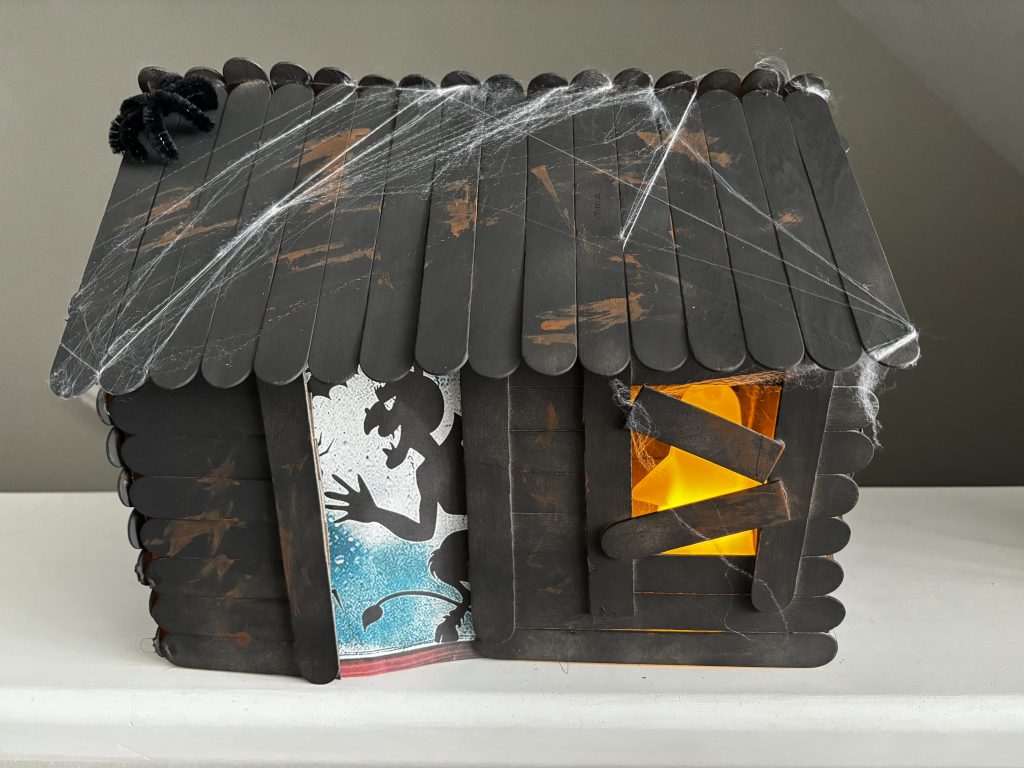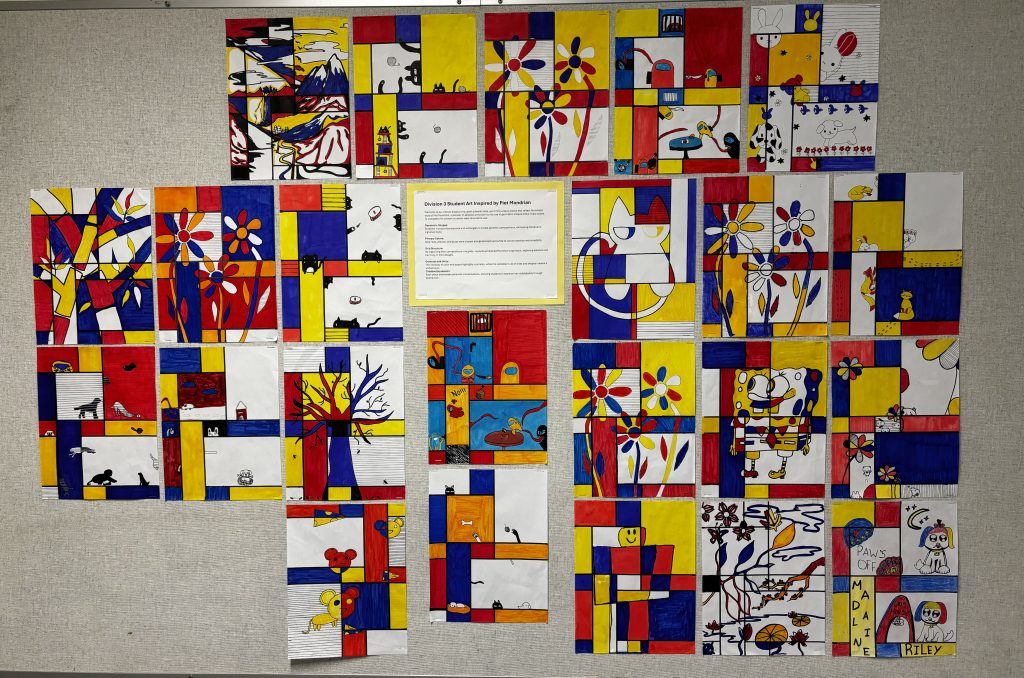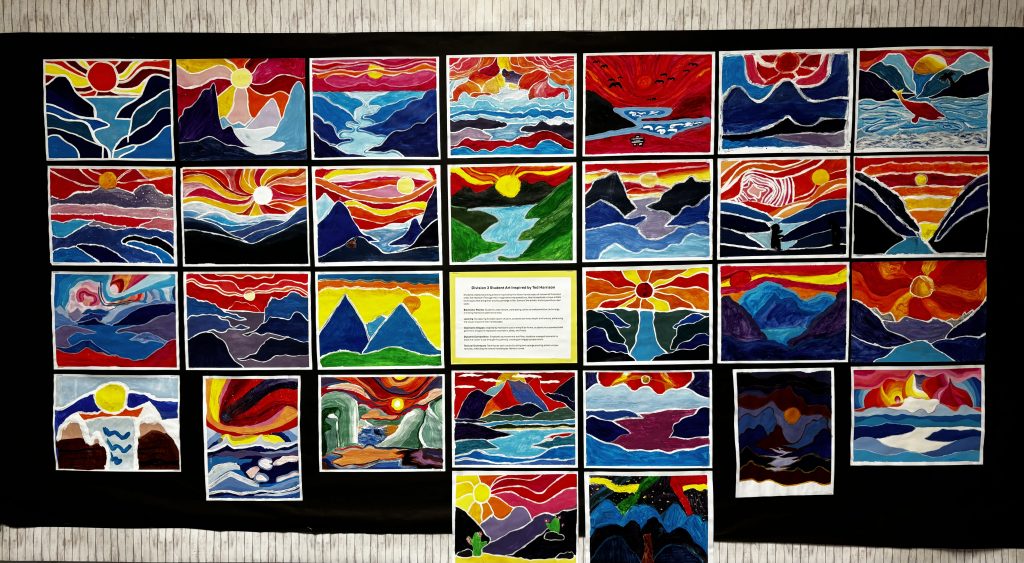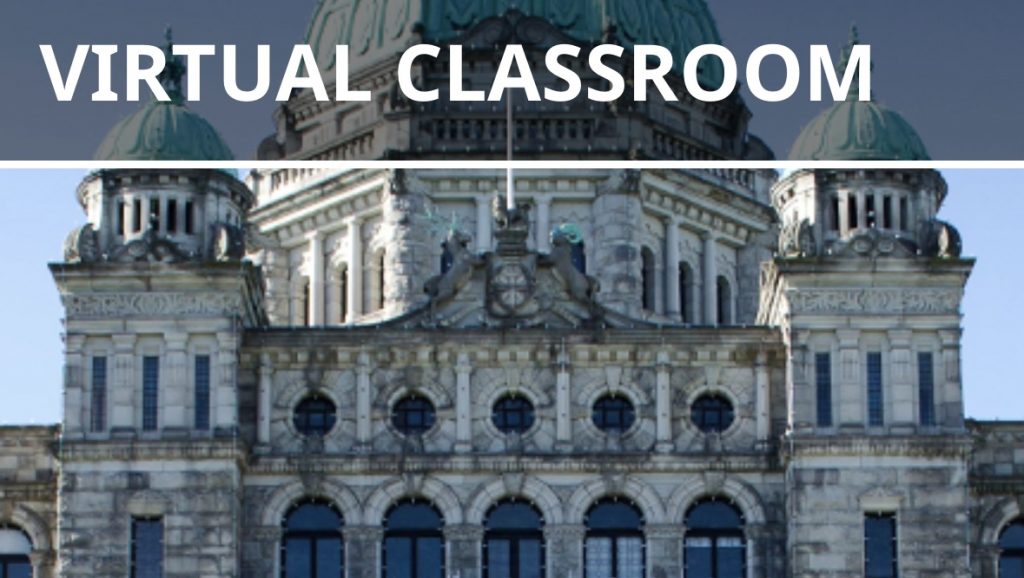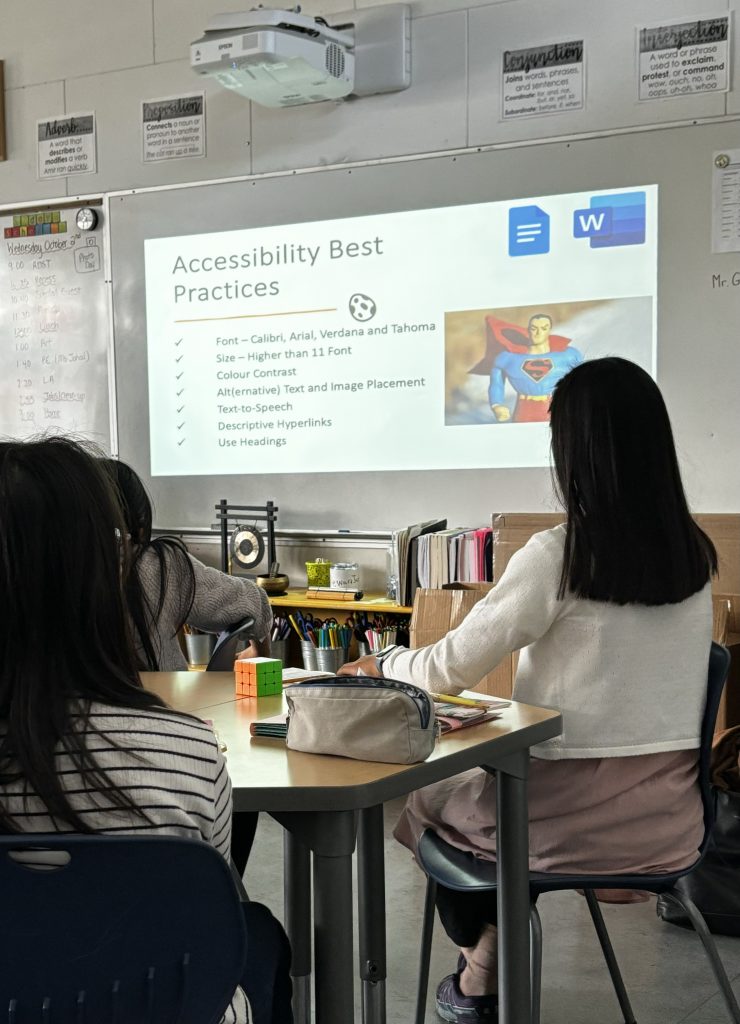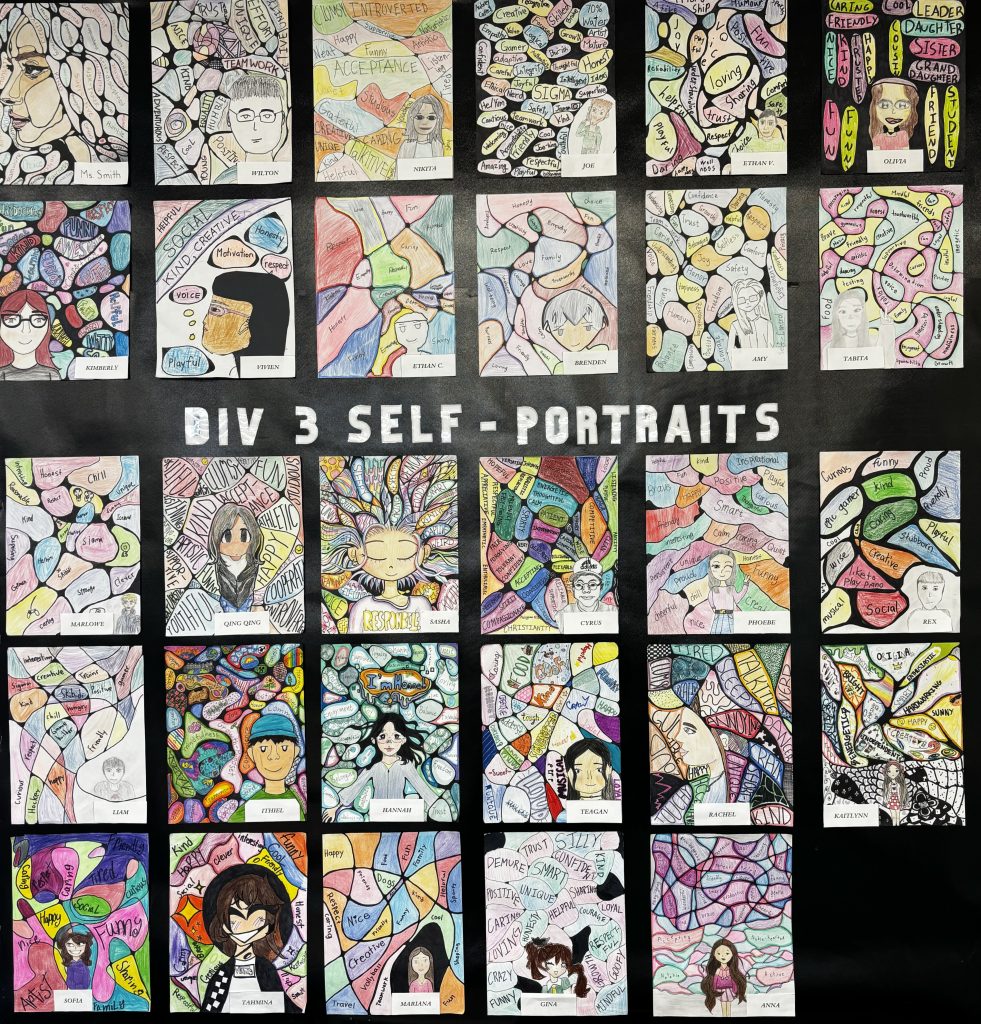Dear Parents,
We are thrilled to introduce an engaging cross-curricular project where our students will design and construct haunted houses in collaboration with our buddy class. This initiative will incorporate elements of writing, math, and art, allowing students to explore their creativity while enhancing their academic skills.
Materials Needed:
To participate, each student should bring a cube-style tissue box (Link to sample: https://www.staples.ca/products/971001-en-kleenex-professional-facial-tissue-cube-for-business-90-sheets) to school by Monday, October 21st. These boxes will be the base for their haunted houses. While students do not need to bring the tissues, they are welcome to contribute them if they wish!
Additionally, students are encouraged to bring in Halloween-themed decorations to embellish their houses. This is a wonderful chance for them to let their imaginations run wild!
Learning Outcomes:
– Writing: Students will adopt the role of “realtors” and craft persuasive paragraphs aimed at convincing potential buyers to invest in their haunted houses. Our focus will be on enriching their descriptions with advanced vocabulary, including triple scoop words, similes, and personification.
– Math: Students will engage in practical math skills by estimating the number of popsicle sticks required for their designs and calculating the area and perimeter of their house structures.
– Art: This project will also allow students to express their artistic flair through creative decoration choices and color schemes.
We are excited to see the creativity and effort that our students will put into this project! Thank you for your support in helping them gather the necessary materials.
Sincerely,
Crystal Smith
Classroom Teacher
